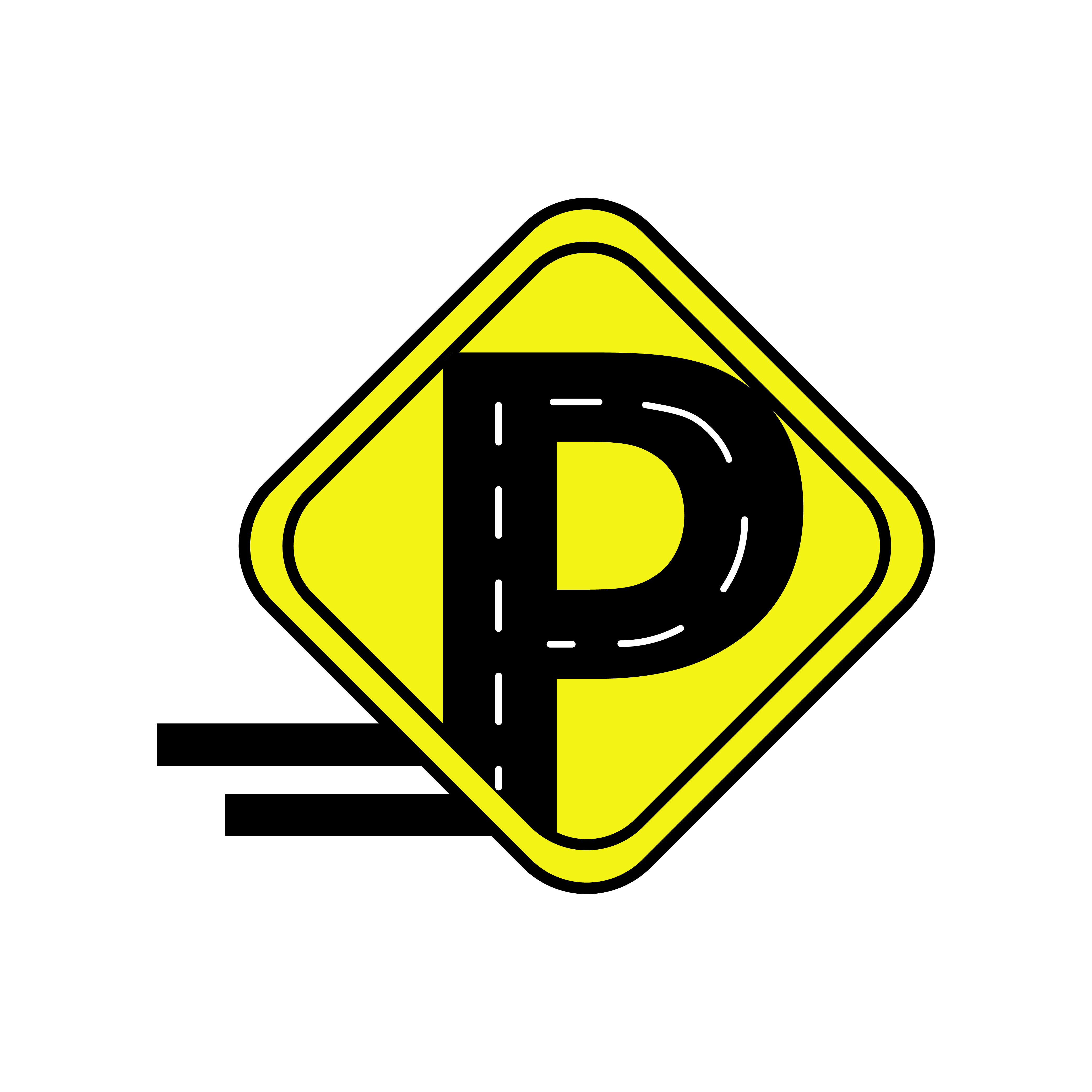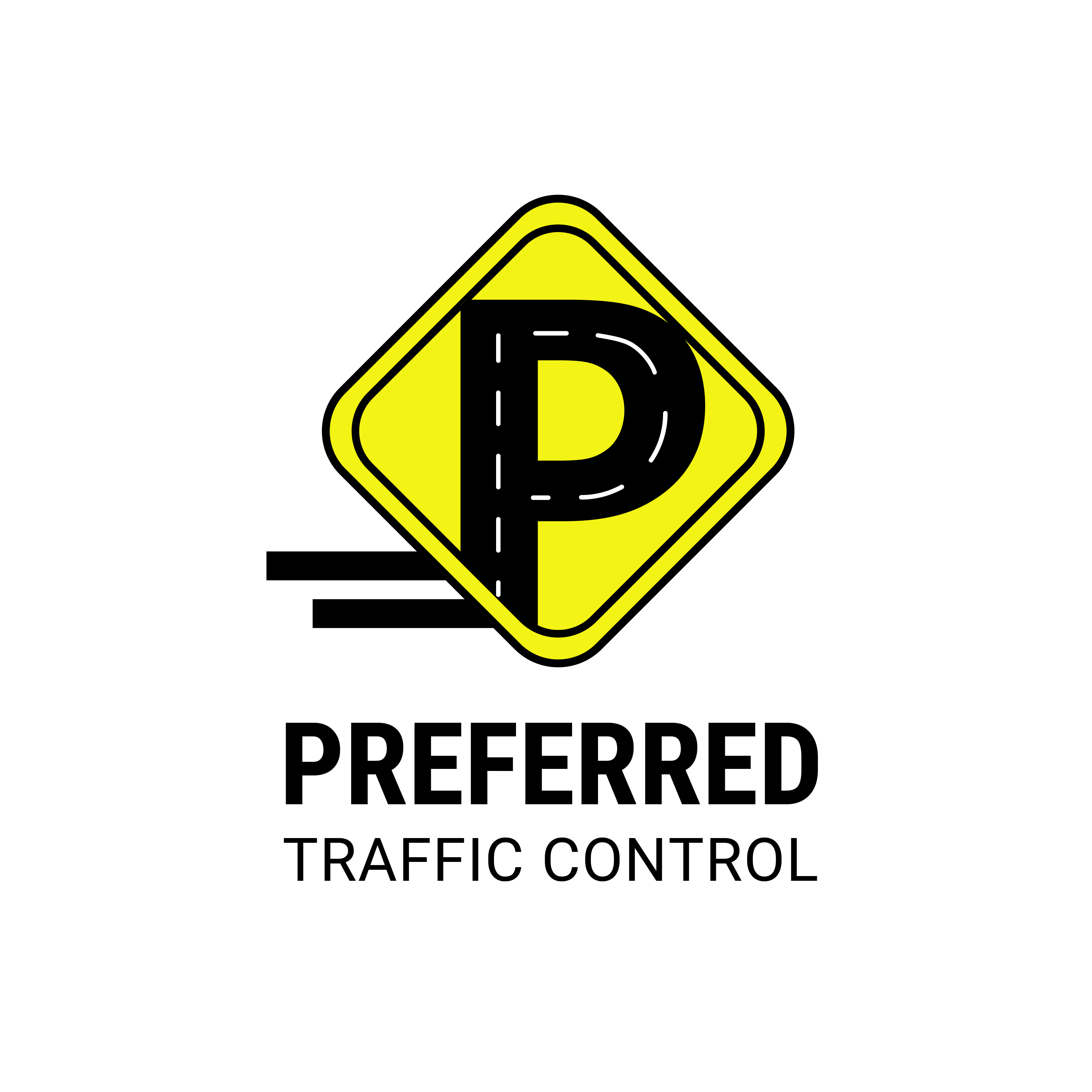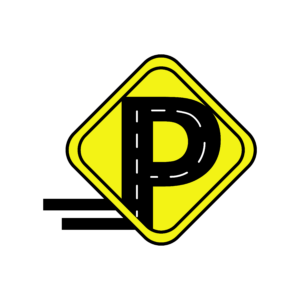When it comes to keeping the roads safe for drivers and pedestrians in the Seattle area, flagging and traffic control play an essential role. Flagging and traffic control help regulate and direct the flow of vehicles, pedestrians, and cyclists, ensuring everyone remains safe while traveling through construction sites and other work zones. Flagging is the process of controlling traffic on roads or highways by using flags, cones, barricades, or other strategies. Flagging and other traffic control measures help drivers follow traffic rules and regulations while also protecting workers and people on the road.
Flagging Services in Seattle
The Purpose of Flagging and Traffic Control
When it comes to road construction or maintenance work, ensuring the safety of both workers and motorists is essential. This is where flagging and traffic control measures come into play.
Flagging and traffic control involves using designated personnel and equipment to manage and control the flow of traffic in and around work zones. The primary purpose of these measures is to prevent accidents, reduce traffic congestion, and minimize delays for commuters and motorists.
In construction areas, workers and equipment are often in close proximity to traffic, creating an environment with a high potential for accidents. By utilizing experienced Seattle flaggers, construction crews can establish safe work zones and minimize the risks to themselves and motorists passing through the area.
Overall, the purpose of flagging is to create a safe and efficient work environment for everyone involved. Construction crews must implement proper flagging and traffic control protocols to keep workers and the public safe and to ensure the success of their projects.
Best Practices for Setting Up Work Zones and Diverting Traffic in Seattle
Traffic control is a crucial component of any roadwork project, and setting up a work zone can be a complex process. Flaggers and other traffic control professionals must be aware of several key factors when setting up work zones and diverting traffic.
Contact Preferred Traffic Control Today!
Preferred Traffic Control provides professional flagging services for road maintenance and construction projects in the Seattle-Tacoma metro area and Whatcom, Skagit, Snohomish, Pierce, and Thurston Counties. We help keep work zones safe for everyone. Contact our professional Seattle flaggers today to learn more about how we can protect your construction site



